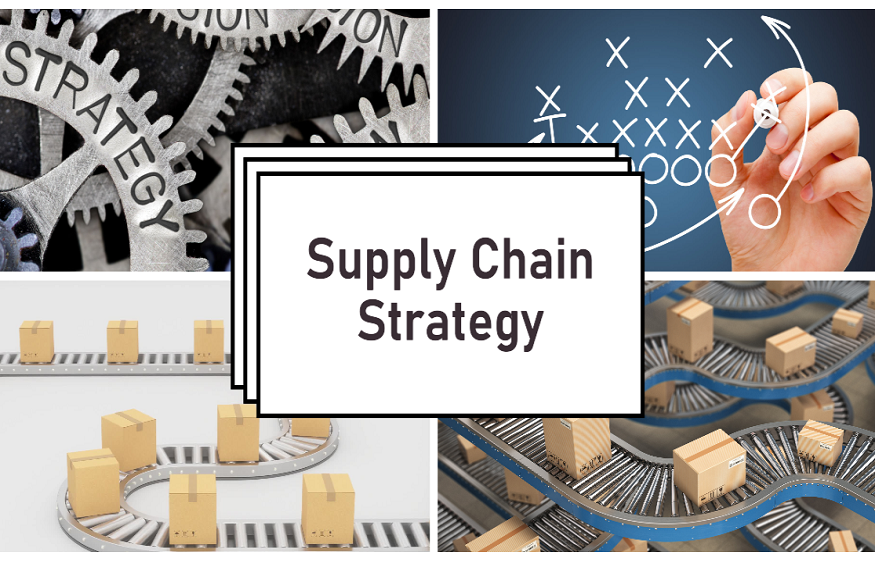Cut Costs, Speed Up Delivery, and Stay in Control Without Losing Sleep
We’ve worked with enough businesses to know this: supply chain problems can sneak up fast. One month, everything’s moving fine—then boom. Delays. Overruns. Confused vendors. And guess who takes the blame? Yep, you. That’s why we believe in helping brands like yours get ahead before things go off the rails.
With years of experience navigating product development, sourcing, and logistics, we’ve seen what works (and what tanks). We’ve also learned that the most effective supply chain strategies aren’t flashy—they’re practical, repeatable, and built to scale.
In this article, we’ll share ideas that simplify the chaos. You’ll learn how to spot weak points, set up strong vendor systems, and save money without cutting corners.
Let’s break it all down, in plain English. No fluff. No jargon. Just smart moves you can use.
Understand What’s Hurting Your Supply Chain
You can’t fix what you haven’t diagnosed. The biggest mistake many teams make? Assuming delays and cost overruns are just “part of the business.” But often, fixable cracks are hiding in plain sight.
Maybe your vendors aren’t clear on timelines. Maybe your inventory system is lagging. Or maybe your internal process is so tangled that nothing flows right.
Here’s what you can do:
- Review your supplier communication. Are expectations clear on both sides?
- Look at your inventory tracking. Is it updated in real-time?
- Map your full process—from purchase order to final delivery. Where are the bottlenecks?
When you zoom out, patterns show up. Don’t just look at one missed shipment—look at the chain of events before it. Fixing root issues is where the real progress happens.
Keep Your Supplier Relationships Tight
Here’s something not enough companies focus on: people. Not software. Not systems. But actual, human relationships. Strong supplier ties can prevent half your headaches.
Good suppliers want to work with reliable, respectful partners. That means paying on time, communicating clearly, and not changing orders at the last second. Sounds simple, but many brands skip it.
A few ways to tighten those ties:
- Schedule regular check-ins with vendors—don’t just call when things go wrong.
- Set up clear SOPs for changes, feedback, and emergencies.
- Celebrate small wins—when a vendor delivers early, acknowledge it.
It’s not about being overly friendly. It’s about building mutual respect. Trust makes the whole chain stronger.
Don’t Rely on One Path—Build in Flexibility
This one’s big. If your supply chain has no backup plan, you’re one late shipment away from chaos.
Imagine depending on one manufacturer for a core part. If they shut down for a week, what’s your move? Or if a storm delays your port delivery, do you have a Plan B?
The fix: flexibility.
- Source from at least two suppliers when possible.
- Diversify shipping options—land, sea, or air—so you’re not stuck with one.
- Keep some buffer stock for high-demand products.
This doesn’t mean running everything double. It means preparing for pivots so you’re not scrambling later. Flexibility isn’t overkill—it’s survival.
Technology Helps, But It’s Not Magic
Everyone loves shiny tools. But let’s be real—software alone won’t save a broken supply chain. You need smart use, not just more tech.
Sure, automation, AI, and dashboards sound cool. But they only work when paired with smart people and good data. If your inputs are wrong, your reports will be too.
Start simple:
- Use project management tools to track deadlines.
- Automate reorder points based on actual demand.
- Sync systems so everyone works from the same info.
Tech should support your team—not replace common sense.
Let’s Build Something That Lasts
We know the daily grind of operations. It’s not easy, and it’s never perfect. But the right systems can make a big difference over time.
We’re here to help you stop reacting and start planning. Whether it’s updating your processes, improving vendor relationships, or using tools smarter, there’s always a way forward.
So don’t wait for the next fire to start. Take a step today toward building a more stable, cost-effective, and flexible supply chain. Your business (and your sanity) will thank you.






